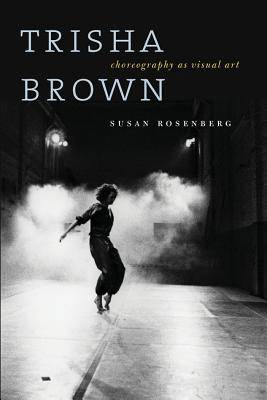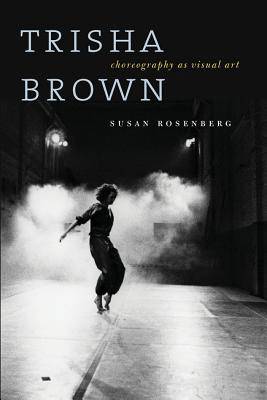
- Retrait gratuit dans votre magasin Club
- 7.000.000 titres dans notre catalogue
- Payer en toute sécurité
- Toujours un magasin près de chez vous
- Retrait gratuit dans votre magasin Club
- 7.000.0000 titres dans notre catalogue
- Payer en toute sécurité
- Toujours un magasin près de chez vous
Description
First in-depth study of the ground-breaking work of artist/choreographer Trisha Brown
Trisha Brown re-shaped the landscape of modern dance with her game-changing and boundary-defying choreography and visual art. Art historian Susan Rosenberg draws on Brown's archives, as well as interviews with Brown and her colleagues, to track Brown's deliberate evolutionary trajectory through the first half of her decades-long career. Brown has created over 100 dances, six operas, one ballet, and a significant body of graphic works. This book discusses the formation of Brown's systemic artistic principles, and provides close readings of the works that Brown created for non-traditional and art world settings in relation to the first body of works she created for the proscenium stage. Highlighting the cognitive-kinesthetic complexity that defines the making, performing and watching of these dances, Rosenberg uncovers the importance of composer John Cage's ideas and methods to understand Brown's contributions. One of the most important and influential artists of our time, Brown was the first woman choreographer to receive the coveted MacArthur Foundation Fellowship "Genius Award."
Spécifications
Parties prenantes
- Auteur(s) :
- Editeur:
Contenu
- Nombre de pages :
- 424
- Langue:
- Anglais
Caractéristiques
- EAN:
- 9780819576620
- Date de parution :
- 01-11-16
- Format:
- Livre broché
- Format numérique:
- Trade paperback (VS)
- Dimensions :
- 152 mm x 226 mm
- Poids :
- 680 g

Les avis
Nous publions uniquement les avis qui respectent les conditions requises. Consultez nos conditions pour les avis.






